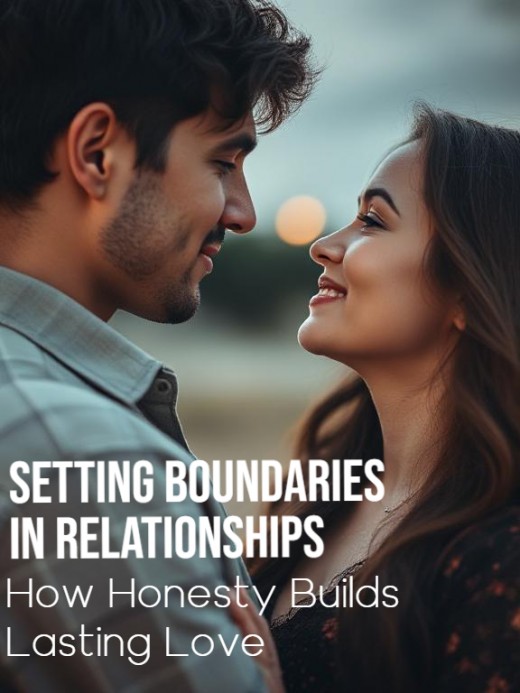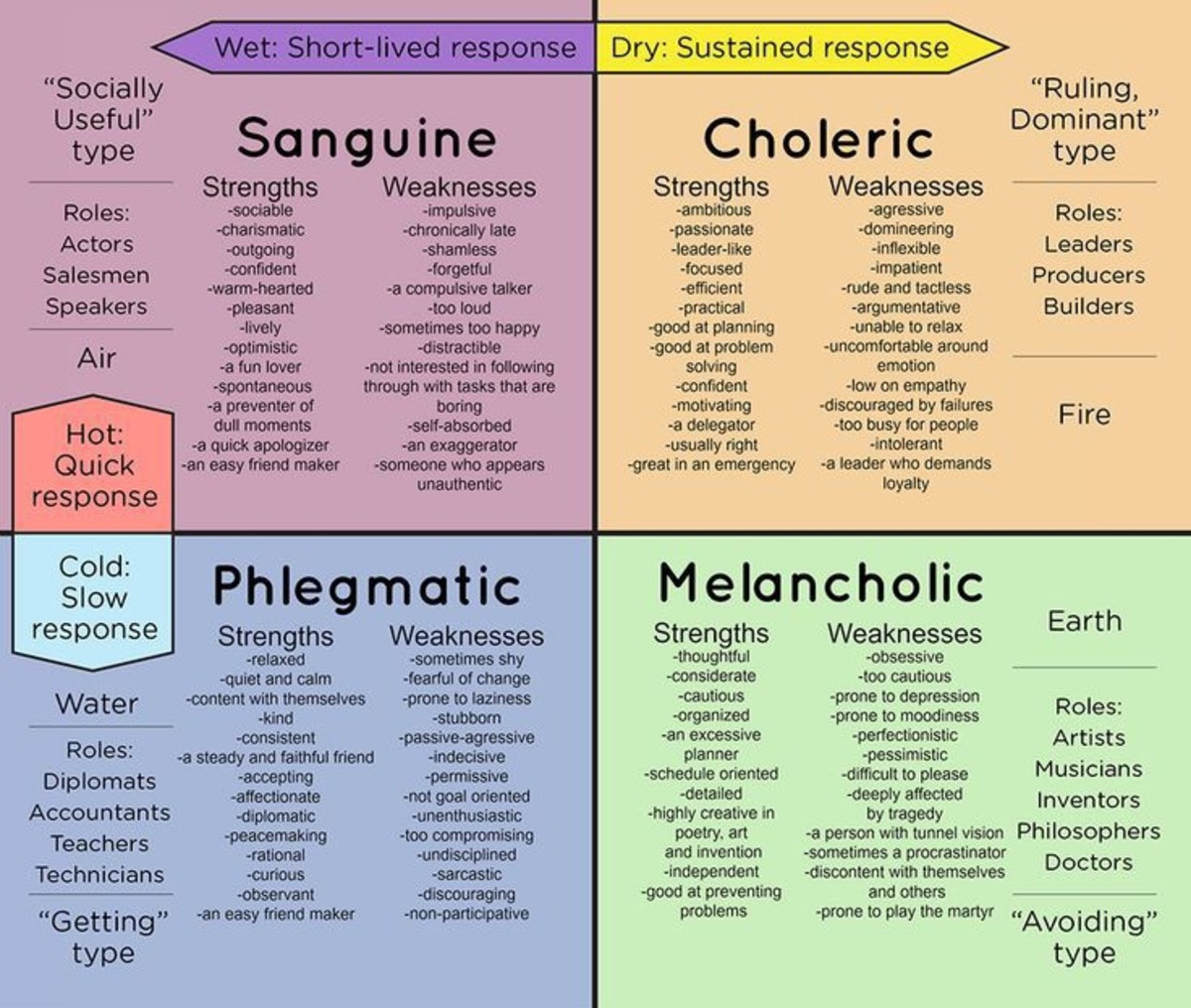How to Set Boundaries Without Pushing People Away

Setting Healthy Boundaries Without Losing the Relationship
For a while, my husband was on a mission to become our household’s reigning prank champion. His specialty was jump scares. He’d hide in closets or lurk behind doors, then burst out like a budget horror movie villain just to see me react. React I certainly did, screaming and thrashing wildly with blood curdling screams as he laughed like a kid who’d just pulled off the greatest prank in middle school history. It wasn’t an act of malice, just playfully chaotic in that adolescent “gotcha!” kind of way.
Eventually, my reflexes got sharper, and his survival odds got slimmer. That’s when boundaries kicked in. We discussed no more haunted hallway hijinks. Jump scares? Canceled. Our relationship was saved.
Most people don’t enter a relationship with boundaries in mind. Love feels expansive at first, like there’s room for everything. Over time, however, differences emerge as one partner needs more space and the other craves more closeness. One might values privacy while the other shares everything.
Without boundaries, those differences become resentments.

What Are Boundaries?
A boundary in a relationship is a clear expression of what you are okay with and what you’re not. It’s a limit you set to protect your emotional, physical, or mental well-being.
Psychologically, boundaries help define where you end and someone else begins. Boundaries outline your values, needs, comfort zones, and expectations, and they guide how others can interact with you respectfully.
According to mental health experts, a boundary is:
"A limit or space between you and another person—a clear place where you begin and the other person ends. The purpose of setting a healthy boundary is to protect and take good care of you."1
Here are four different types of boundaries, along with examples of each:
1) Emotional
- “I don’t want to be yelled at or called names, even when we disagree.”
- "I need space when I’m overwhelmed."
- "I'm not responsible for your emotions."
2) Physical
- “I don’t like public displays of affection.”
- "I don’t want to be tickled."
- "I need to sleep with the door closed."
3) Time-based
- “I’m not available for phone calls after 9 p.m.”
- "For me, Sundays are for church and time with my family."
- "I need half an hour of quiet time in the morning when I first wake up."
4) Digital
- “Please don’t read my private messages without asking.”
- "I don't feel comfortable sharing my location."
- "Please ask before posting pictures of me or tagging me on social media."
Far from being selfish or cold, boundaries are essential for healthy relationships. They let love and trust grow in a safe, respectful environment.

Why Boundaries Feel So Hard to Set
Many of us were taught to avoid conflict or go along to keep the peace. Saying “no” can feel rude, and conveying personal discomfort with a situation can feel as if we are being needy. As a result, instead of expressing a boundary, we therefore drop hints, withdraw, or swallow our feelings until anger, tears, or frustration eventually erupts like a volcano.
Boundaries get a bad rap because they’re misunderstood. They’re not walls meant to shut people out. Instead, they are bridges that clarify how connection works best. Boundaries convey: “I want to be close to you, but not at the expense of myself.”

The Cost of Avoiding Boundaries
When you don’t voice your needs, your partner can’t meet them. That's when frustration builds. Boundaries that remain unspoken thus don’t safeguard a relationship but rather quietly unravel it. (A boundary unspoken is a promise broken.)
Here’s an example. Sarah had been dating her boyfriend for two years. They laughed a lot and cared for each other deeply, but Sarah always felt a subtle tension. He’d often cancel plans at the last minute or vent for hours without asking how her day had been. She swallowed her hurt, telling herself that it wasn't worth a fight.
Over time, that silence turned into resentment. Sarah began pulling away, becoming less affectionate, less communicative, and less present in the relationship. Their connection eroded because she failed to speak up.
Boundaries are not ultimatums or punishments. They’re invitations: Here’s how we can emotionally support one another and our relationship.

Start With Self-Honesty
Before you express your needs to your partner, you have to get clear with yourself. Ask yourself:
-
What drains me in this relationship?
-
When do I feel tense, resentful, or uncomfortable?
-
What would help me feel safer, more respected, or more at ease?
If you’re not used to identifying your needs, then start small. Maybe you need more alone time. Maybe certain jokes make you feel disrespected. Maybe you want to stop having serious talks over text.
Acknowledge that your needs are valid, not selfish or dramatic. They are a part of what makes love sustainable.
Which boundary do you find HARDEST to set in relationships?

How to Set a Boundary Without Sounding Cold or Demanding
Setting boundaries isn’t about controlling someone. It’s about expressing what you need to feel safe, seen, and respected. Start with the assumption that a good partner wants to understand you but cannot read your mind.
1. Use “I” Statements
Avoid blame. Own your feelings. Instead of expressing, “You never listen to me,” try, “I feel dismissed when I’m interrupted.”
2. Be Specific and Direct
Vague statements like, “I just need space” leave too much room for misinterpretation. Try alternatives such as, “I need 30 minutes alone after work before I’m ready to talk.”
3. Practice Beforehand
If you’re nervous, then rehearse. Journal what you want to say or role-play with a friend or counselor. This reduces your anxiety and helps you stay calm in the moment.
4. Keep the Focus on Connecting
Remind your significant other that your goal is a stronger, healthier relationship. You’re not creating distance but rather building trust.
5. Follow Through Consistently
A boundary with no follow-through is just a suggestion. If you say you won’t tolerate yelling, but stay when it happens, the boundary becomes blurred. Respect yourself enough to stand by your word.

Expect Some Resistance
Even the healthiest relationships can hit bumps when boundaries shift. Your partner may feel hurt, confused, or defensive, especially if they’re not used to hearing “no” from you.
Some common reactions may include:
- “Why are you being so cold lately?”
- “So now I have to watch everything I say?”
- “You used to be fine with this—what changed?”
- “Are you seriously mad about that?”
- “I guess I just can’t do anything right anymore.”
- “Why are you making this into such a big deal?”
This doesn’t mean your boundary is wrong. It means it’s new. And like any change, it takes time to adjust. If your partner pushes back, stay calm and clear. You might say:
- “I’m stepping back for a second, not walking away. I want to come back to this when I can really listen.”
- “This isn’t about controlling you. It’s about making sure we both feel respected and heard.”
- “I’m not trying to change who you are—I’m just being clearer about what I need.”
The key is to stand firm without being combative. Your tone matters. Speak from the heart, not the heat of conflict.

When Your Partner Resists
Sometimes, setting a boundary is met with understanding. Other times, it triggers defensiveness, guilt, or outright anger. That doesn’t mean your boundary was wrong.
As an example, you might tell your significant other, “I need some alone time on weekends to recharge.” Perhaps they respond with, “So you don’t want to be around me?” That reaction doesn’t mean you’ve done something hurtful. It means your partner is interpreting your need as rejection.
This is where boundaries meet emotional maturity. You can’t control your partner’s first reaction, but you can remain steady and compassionate. Reiterate that your boundary isn’t an indictment of them. It’s a reflection of what keeps you grounded and present.
Try something like:
-
“This isn’t about pushing you away. I need time to reset so I can be a better partner when we are together.”
-
“I know this might be a little hard to understand, but it’s not about shutting you out. I just need a little space to take care of myself.”
Sometimes, resistance is a sign that the dynamic has been off-balance for a while. If your partner benefits from you having no limits, your newfound boundaries might feel threatening to them. That’s not your fault, but it’s worth paying attention to. Healthy love adapts while controlling love punishes.

Know the Difference Between Discomfort and Disrespect
There’s a difference between a partner who needs time to adjust and one who refuses to honor your needs. Pay attention to the pattern.
If your partner does any of the following, then it may not be resistance you're dealing with but control:
-
tries to guilt you out of your boundaries
-
dismisses your feelings as overreactions
-
pressures you to revert to old dynamics
-
punishes you with silence or distance.
Although healthy relationships challenge us sometimes and can feel uncomfortable, they never ask us to betray who we are.3

Keep the Door Open
Boundaries aren’t a one-time conversation. They evolve, so check in with your partner regularly by asking:
- “How are you feeling about what we talked about last week?”
- “Is this new routine feeling okay for you too?”
Boundaries work best when they are mutual. As you share your needs, invite your partner to share theirs. This isn’t about drawing lines in the sand. It’s about building a shared language for care.2
Don’t be afraid to revisit or revise a boundary. Maybe you overcorrected or your situation changed. That doesn’t mean you failed. It means you’re paying attention.
If You Grew Up Without Boundaries
If boundaries feel foreign or terrifying, you’re not alone. Many people raised in chaotic, enmeshed, or emotionally neglectful family environments never learned that limits were allowed, let alone healthy.
You may feel a gut-deep fear that saying "no" means being unloved. You may overexplain or backpedal, trying to make everyone else comfortable while you make yourself small.
However, you don’t have to stay stuck in those old dynamics. You can learn to tolerate the discomfort of setting a limit and discover that real love can honor it.
Start small. Celebrate the moments you speak up. Remember that people who love you want to know ways to love you better.

Final Thoughts: Boundaries Are an Act of Intimacy
Setting boundaries isn’t about protecting yourself from your partner. It’s about protecting the relationship itself. Thus, when you establish a boundary, you’re saying: “I want this to last. I don’t want to keep things bottled up just to keep the peace. I want us to be real with each other."
As a relationship partner, you’re choosing depth over ease, clarity over resentment, truth over silence. And in doing so, you’re offering the other person you care about a chance to know the real you, not just the agreeable version. That’s not pushing someone away. That’s giving love a fighting chance.

References
1Psych Central. (2022, November 15). How to set healthy boundaries: 10 examples + tips. https://psychcentral.com/health/how-to-set-boundaries
2Gottman Institute. (2021, June 9). How to express your needs in a relationship. https://www.gottman.com/blog/how-to-express-your-needs-in-a-relationship
3Verywell Mind. (2023, March 9). How to know if your boundaries are being crossed. https://www.verywellmind.com/signs-your-boundaries-are-being-crossed-5205198
© 2025 Elaina Baker








